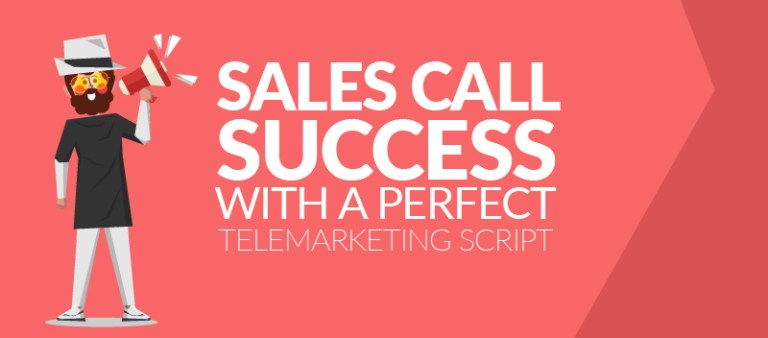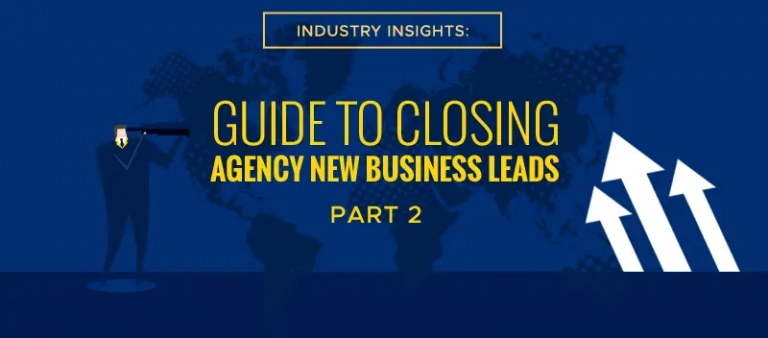The inbox is a crowded place.
- An office employee gets 121 emails each day.
- Half of incoming mails are spam.
- Only 38% of emails in the inbox are useful.
How do you make your emails rise above the noise?
First, here’s what’s inside a typical inbox:
- Promotional Emails: 54%
- Transactional Emails: 28%
- Personal Emails: 18%
It’s clear that to engage recipients,
you need the right mix of marketing and transactional emails.
While these two types of emails serve different uses,
combining both can boost marketing results through:
- More ways to connect with prospects and customers
- Deeper insight into prospect’s interest and intent
- Extra opportunities for conversion
Here’s how to integrate marketing and transactional emails:
#1 Understand the difference
- Marketing emails nurture leads, promote offers, and make a sale.
- Transactional emails are sent to complete a process
- Marketing emails include: cold emails, newsletters, event invites, promos, etc.
- Transactional emails include: welcome emails, order confirmations, account updates, etc.
Related: 7 Types of Emails Your Business Should Send
#2 Know what rules apply
- Marketing emails must comply with applicable laws like the CAN-SPAM Act, CASL, GDPR, etc.
- Transactional emails are mostly exempt from these legal standards.
- For example, marketing emails require a valid postal address, but transactional emails don’t’.
#3 Separate them properly
- Gmail suggests sending emails separately by purpose for better deliverability.
- Use different sending IP addresses for each type.
- Avoid using the same domain for marketing and transactional emails.
#4 Let the two types complement each other
Transactional emails typically fetch better engagement rates. Use them to:
- Ask recipients to sign up for your newsletter and other marketing emails
- Get referrals and recommendations
- Carry out surveys and gather feedback
- Point recipients to relevant resources like whitepapers, guides, webinars, etc.




